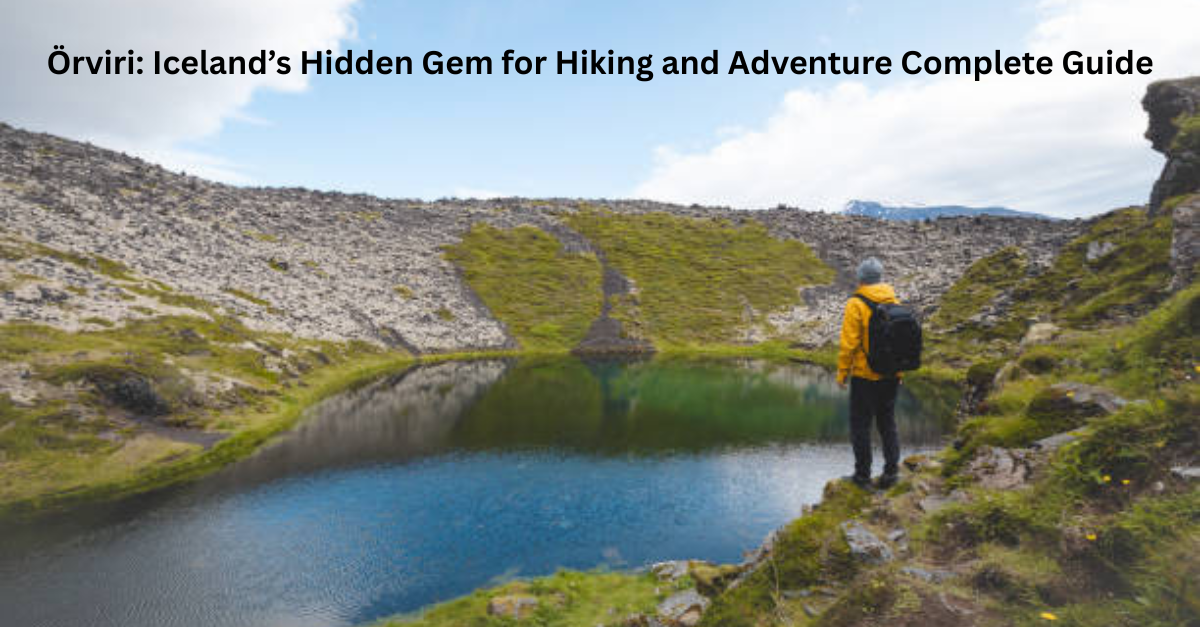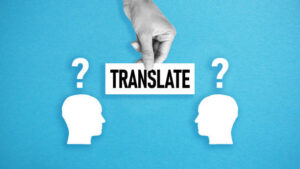Unusual Award N.13: Extreme Gluteal Proportions in African Woman
In the world of image of the body, aesthetics and cultural expression, human anatomy has often caused admiration, discussion and sometimes even unusual recognition. One such fascinating example is the Unusual Award N.13: Extreme Gluteal Proportions in African Woman – a title that may initially sound bizarre, but actually reflects deeper discussions on genetics, culture, standards of beauty and sociological lenses that look physical.
This unusual award emphasizes individuals whose physical attributes question common standards of the body. Especially in this case, the price focuses on naturally occurring, distinctive gluteal features observed in some African women. Although some may consider such qualities to be curiosities, they bear deep historical, biological and socio -cultural significance.
Celebration or Spectacle?
Name of Unusual Award N.13: Extreme Gluteal Proportions in African Woman could increase eyebrows for their special phrasing. But it raises an important question under the surface: when will admiration turn into objectivization? Historically, African women with significant gluteal development were exposed to respect and exploitation.
The best -known example is the example of Sarah Baartman, often referring to Devill’s as “Hottentot Venus”, which was exhibited in Europe in the 19th century as a spectacle of her character. Her story remains a terrible reminder of how colonial and racial stories used black bodies for fun and pseudo -scientific investigation.
On the other hand, modern framing the “price” can indicate a shift – from exploitation to celebration. However, this shift is not always as respect for or seize as it may seem. It is necessary to distinguish between honor of natural diversity and convert it into a viral fascination without context or humanity.
Understanding Steatopygia: Genetic Phenomenon
The extreme development of gluteal development observed in some African women, especially between groups such as Khoisan, is called steatopygia. This condition includes accumulation of large amounts of fat in the buttocks and thighs and is genetically inherited. Unlike popular assumptions, it is not a plastic surgery or modern trends for increasing the body, but rather deeply rooted evolutionary adaptation.
Anthropologists believe that steatopygia may have evolved as a means of storing energy in an arid environment where food was rare. This may also be related to sexual selection, and some studies suggest that the first human men consider such qualities attractive to reproductive viability.
So when we talk about the Unusual Award N.13: Extreme Gluteal Proportions in African Woman, not only about aesthetic peculiarities, but we will touch the complex and fascinating biological history.
The Norms of Beauty and Cultural Perception
In African societies, larger buttocks are traditionally associated with fertility, beauty and femininity. For example, in the parts of Western and South Africa, the curves are not only admired, but also symbolize health, strength and social request. Women often participate in rituals, dances and celebrations that emphasize their physical form, not as a means of exploitation, but as a form of self -expression and pride.
On the other hand, Western society has historically different standards. For most of the 20th century, a thin ideal was in the Western media and fashion. In the last two decades, however, there has been a noticeable shift that has strongly influenced African and Afro-Diasporical aesthetics.
Icons such as Beyonce, Nicki Minaj and others contributed to the popularization of the types of curvature. However, this shift also opened questions about cultural appropriation, body adaptation (through surgery or implants) and commercialism of natural features.
It is irony that what was once ridiculed or exotic in African women is now enchanted and even monetized by global influential people. However, the women themselves from whom these features come from are often evaluated on the edge or unfairly when they express their natural self.
The Role of Media and Digital Spaces
In today’s digital age, content is often viral. Social media platforms such as Tiktok, Instagram and YouTube are full of coils and contributions that emphasize the exaggerated body shapes – sometimes with respect, sometimes sensational. Within these platforms, brands and trends can turn the natural body into global speech within hours.
This is where titles as Unusual Award N.13: Extreme Gluteal Proportions in African Woman gain traction. While some may use such phrases funny or attract attention, they also risk individual dehumanizes by limiting them to their physical properties.
The algorithmic virality of such content rewards a spectacle over the fabric. Unfortunately, it can overshadow cultural wealth and personal stories for people represented.
Health and Body Positivity
A recurring misconception around large gluteal proportions is that they are inherently unhealthy. In fact, many African women with naturally large buttocks maintain strong core muscles, high activity levels, and healthy lifestyles. The stereotype that equates thinness with health often ignores the diversity of healthy body types that exist across ethnicities.
In recent years, movements such as body positivity and body neutrality have gained momentum. These advocate for self-love and the acceptance of diverse body shapes, challenging the narrow definitions of beauty perpetuated by media and fashion industries.
Under these movements, a phrase like unusual award n.13: extreme gluteal proportions in African woman could be recontextualized—less as an oddity, and more as a celebration of natural variance and body diversity.
The Responsibility of Language
Using language thoughtfully is essential when discussing physical attributes, especially in public forums. The word “unusual,” while not inherently negative, can carry connotations of strangeness or abnormality. For individuals from marginalized groups, such framing can reinforce stereotypes or alienate them further from mainstream narratives.
It’s important that writers, journalists, influencers, and content creators consider the impact of their words. Titles and labels should empower rather than exploit, inform rather than entertain at the expense of dignity.
Reclaiming the Narrative
One positive trend is that many African women are now using digital platforms to reclaim their narratives. Through vlogs, blogs, and social media, they share stories about their bodies, cultures, fashion, and health from their own perspectives. This shift allows for representation that is authentic, grounded, and multidimensional.
For example, African models and influencers are redefining beauty on their own terms, challenging both Western norms and internalized biases within their communities. These women are not only winning “awards” from internet virality, but also real recognition in fields like fashion, wellness, and education.
Conclusion
The idea of unusual award n.13: extreme gluteal proportions in African woman may initially seem like a curiosity from a listicle or entertainment article, but it touches upon deeper issues of genetics, culture, representation, and respect. What one culture may deem “unusual,” another may see as entirely normal—or even ideal.
As our global community grows increasingly interconnected, it becomes more important to look at physical traits through empathetic and informed lenses. Recognizing diversity without objectifying it, and appreciating difference without fetishizing it, is a balance that society must strive for.
Rather than handing out metaphorical awards for what nature has crafted, we should perhaps celebrate the richness of human variety with humility and respect.














Post Comment